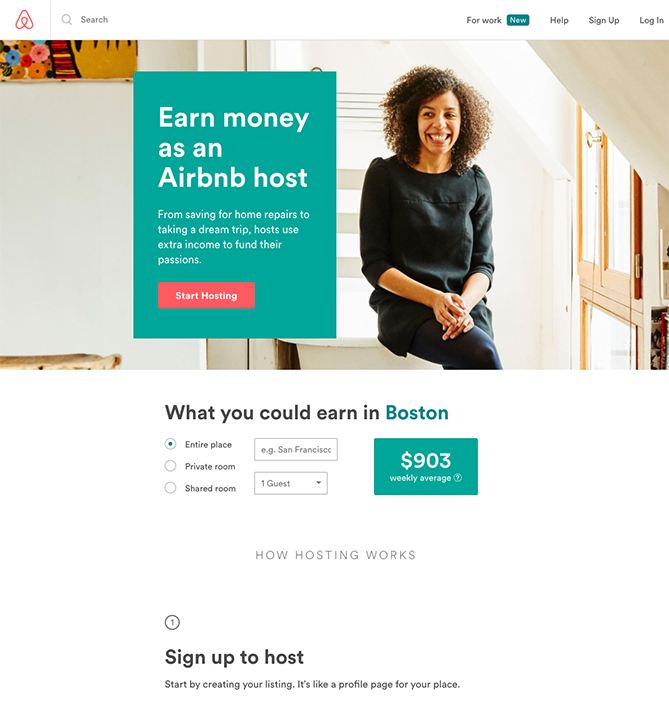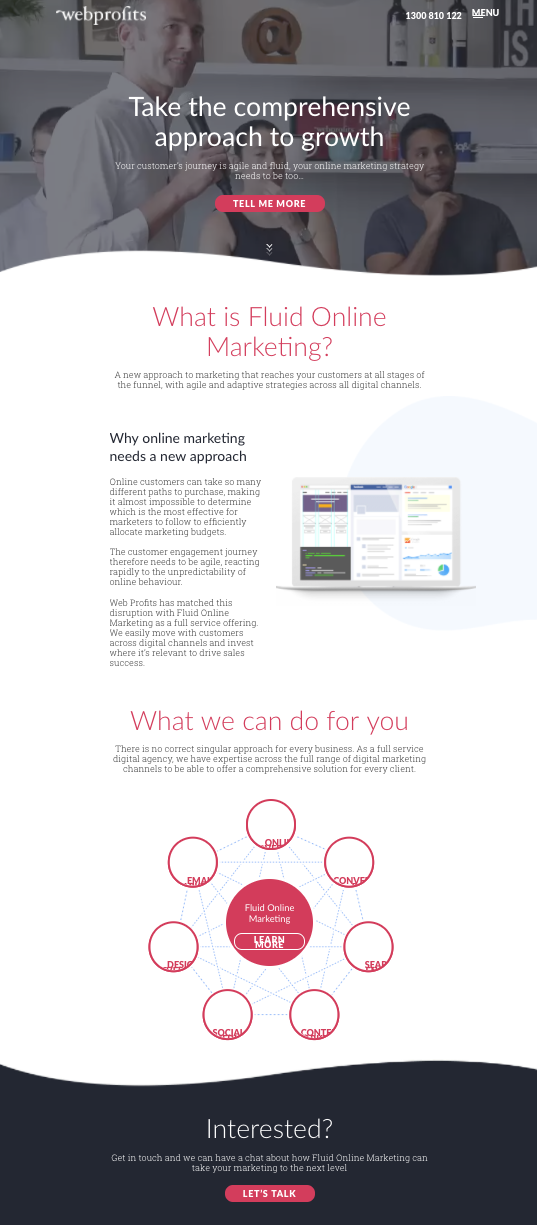How To Increase Conversions With One Simple Content Marketing Trick

What’s a word worth? More than you might think. So much more that when it comes to content marketing, there’s one word you should always use. This month, Digital Firefly Marketing is digging into the language of content marketing and how to use it to increase conversions. We’ll start today by exploring one change you can make to your content writing to see a difference in conversions immediately.
How To Increase Conversions With Better Language
Content marketing is not easy. It requires a tremendous amount of time and energy. For that reason, it can be easy to think of a topic, write an outline and get to work. And that’s fine. But always save time in your editing to make sure you’re maximizing your potential for conversions by never forgetting this one thing.
The Power Of Telling Them WHY
Social psychologist Ellen Langer performed an interesting study in 1977. 40 years later, this study is still one of the most insightful into using language to get the results you want. Langer and her Harvard colleagues tested three different ways of asking to cut in line at the copy machine. Someone involved with the study, a researcher, would approach someone waiting in line to make copies. The researcher would ask one of three questions:
- Excuse me, I have five copies. May I use the Xerox machine?
- Excuse me, I have five copies. May I use the Xerox machine because I am in a rush?
- Excuse me, I have five copies. May I use the Xerox machine because I have to make copies?
In the first example, some rules of good copywriting are followed: the request is succinct and provides the information. This was also fairly effective. 60% of people allowed the researcher to cut the line.
The second and third examples are wordier, which is usually a big no no in content marketing. However, in this case, 94% of people allowed the researcher ahead of them when using the second request. 93% allowed the researcher to skip them when using the third.
What’s this mean for content marketing? Giving a reason, causality, is the best way to get conversions. The simple act of saying “because” and giving a reason made people do what the researchers wanted. Over the decades, psychologists have repeatedly tested the power of causality. Humans need to know that good result X came from behavior Y. Our brains operate by constantly making connections between things.
What Does “Why” Look Like?
Let’s look at two examples of causality on the web.
Airbnb
 Airbnb uses causality successfully on this landing page. It doesn’t even waste space asking you to host but rather allows users to assume the question. Essentially, the travel hack site that has quickly become a favorite around the world tells you why upfront: $900 extra dollars a week if you rent an entire space in Boston.
Airbnb uses causality successfully on this landing page. It doesn’t even waste space asking you to host but rather allows users to assume the question. Essentially, the travel hack site that has quickly become a favorite around the world tells you why upfront: $900 extra dollars a week if you rent an entire space in Boston.
Webprofits
 The webprofits dynamic homepage let’s users know why with every headline. They define that they help startups grow and then each area of the main page gives a reason. This simple tactic of using causality saves space because the questions do not appear, and is attractive because it gives us many reasons to consider them.
The webprofits dynamic homepage let’s users know why with every headline. They define that they help startups grow and then each area of the main page gives a reason. This simple tactic of using causality saves space because the questions do not appear, and is attractive because it gives us many reasons to consider them.
When you are creating content and want users to do something — anything — be sure to give them a reason! “Because” has been listed as one of the most influential words in the English language. If because doesn’t fit, here are all 20 words David Ogilvy, marketer extraordinaire, suggests:
It’s That Easy… Sort of
We’re not saying that throwing the word “because” into everything you write is going to get everyone to sign up for your email list or buy your product immediately. But doing it right has potential. And that comes down to intention. By including reasons to click/swipe/share in your copy you are forcing yourself to think about what you are offering and why it matters, leading you to more focused, authentic writing. By knowing what you are offering and why, and being clear about it with your users, you create an environment where 94% of people are willing to take action. Join us next week when we look at the ten words you must use and ten you must avoid in content marketing. While you’re waiting for next week’s post, why not contact us for a free content evaluation?
